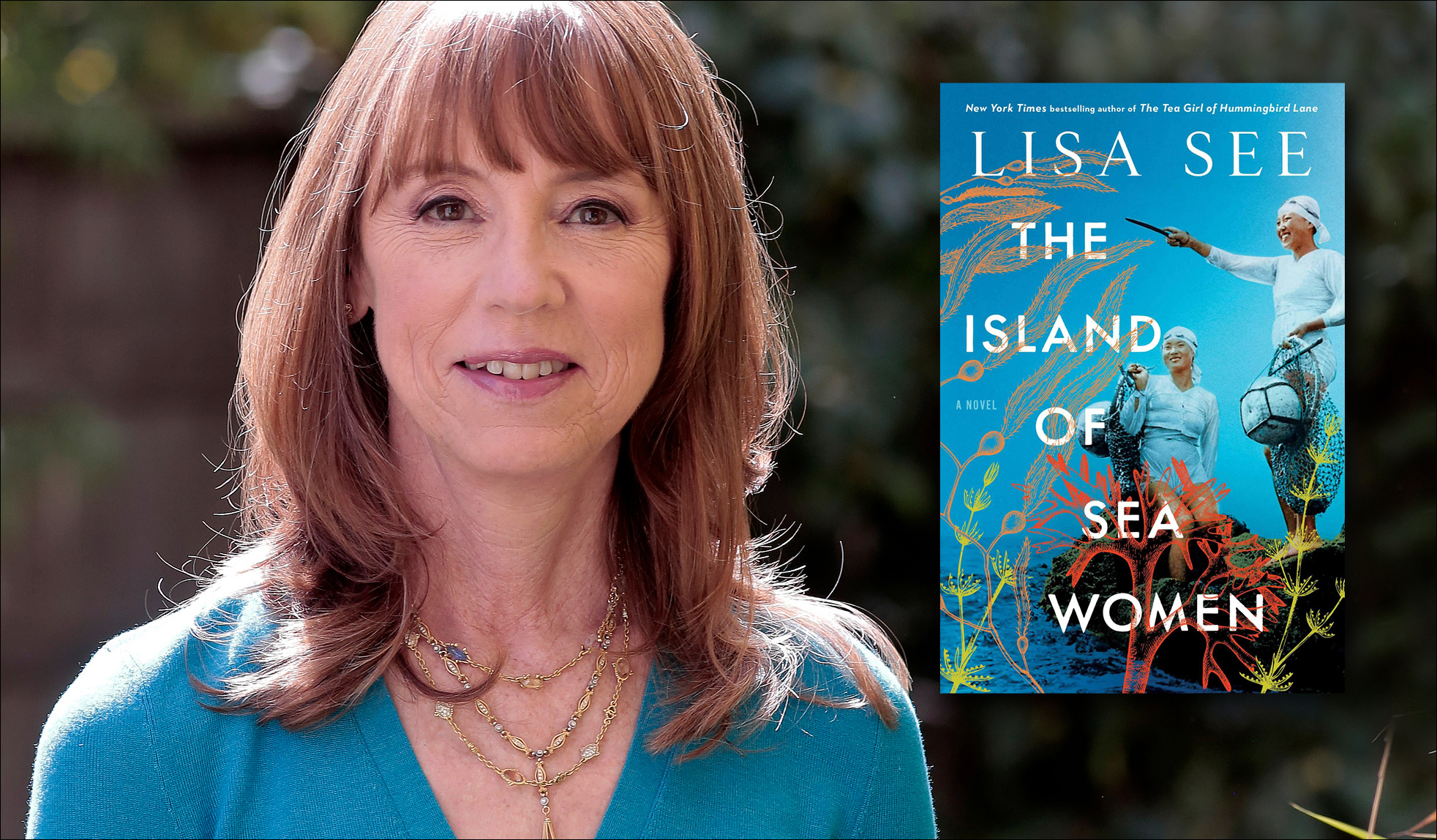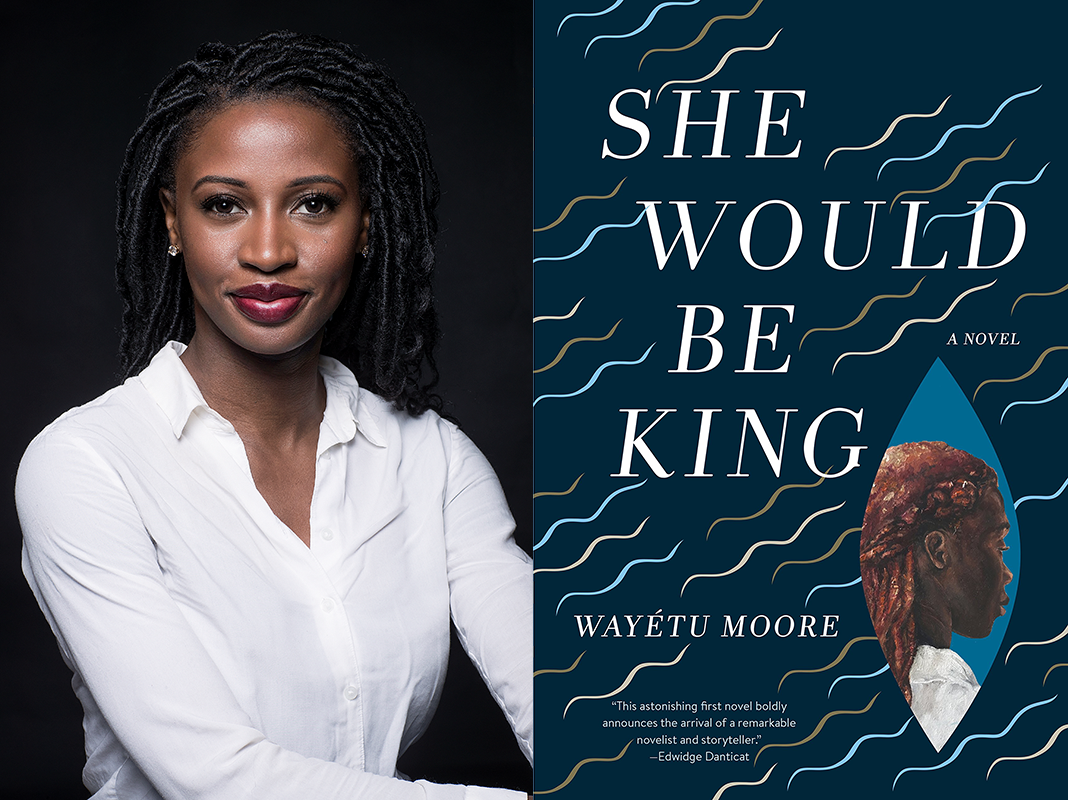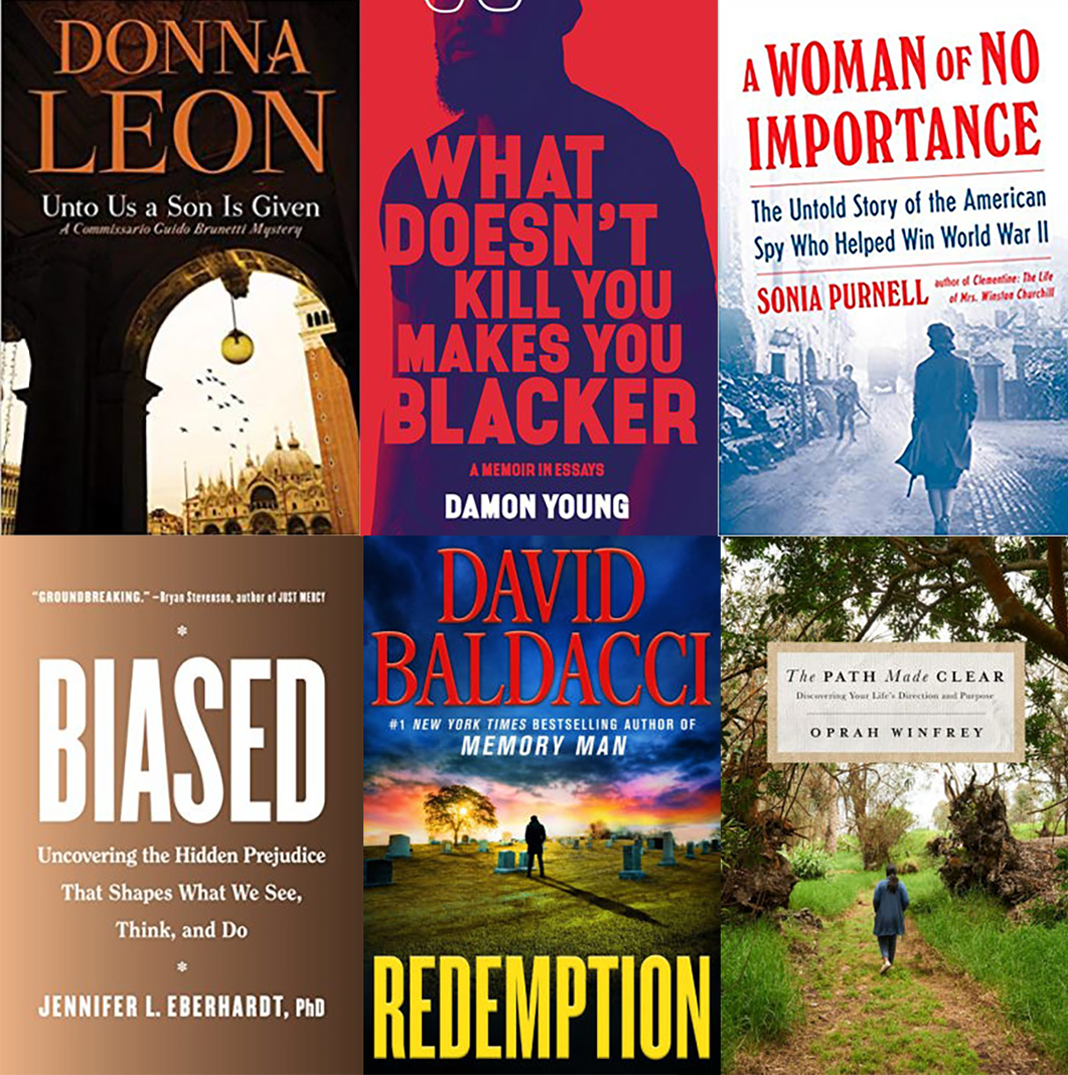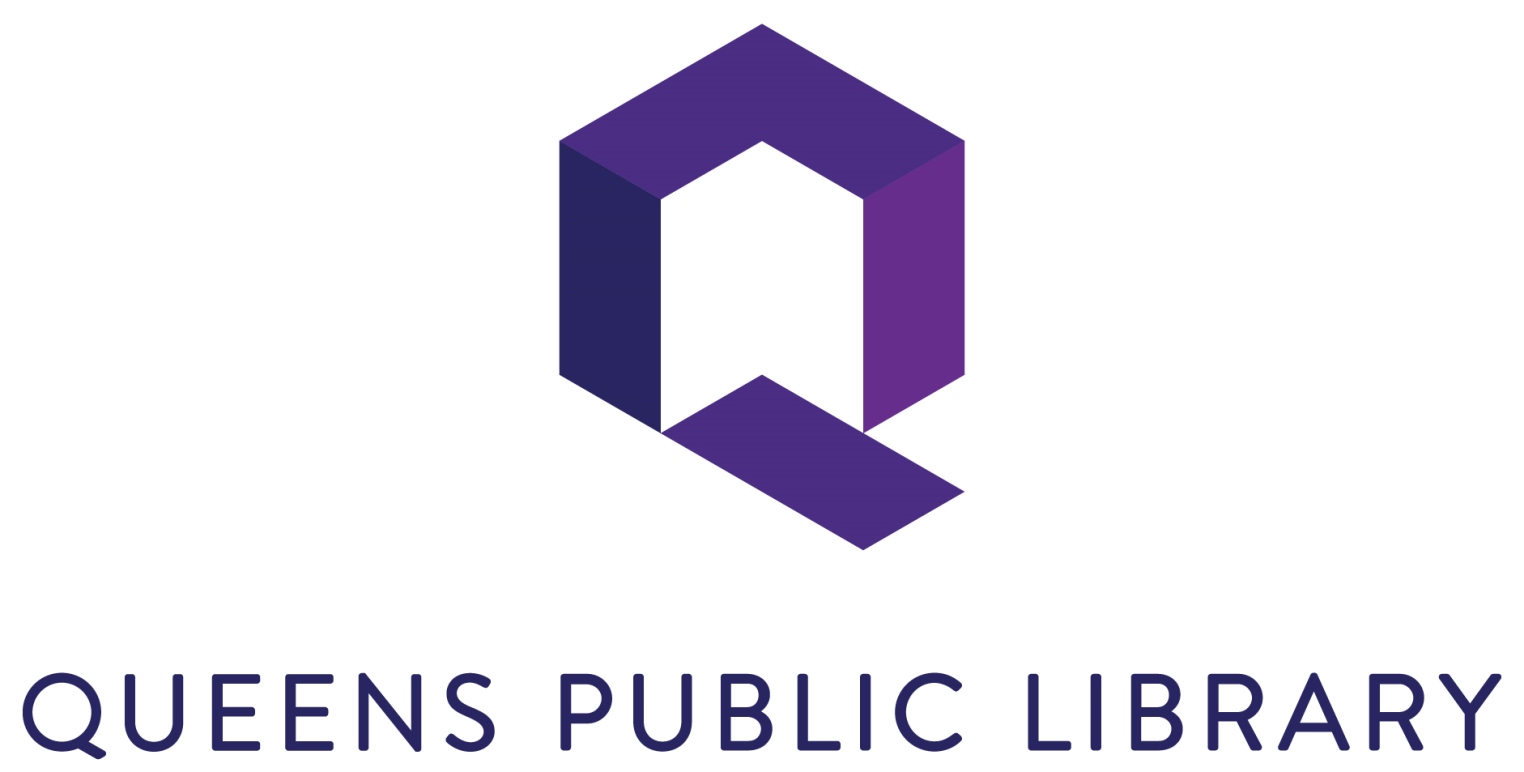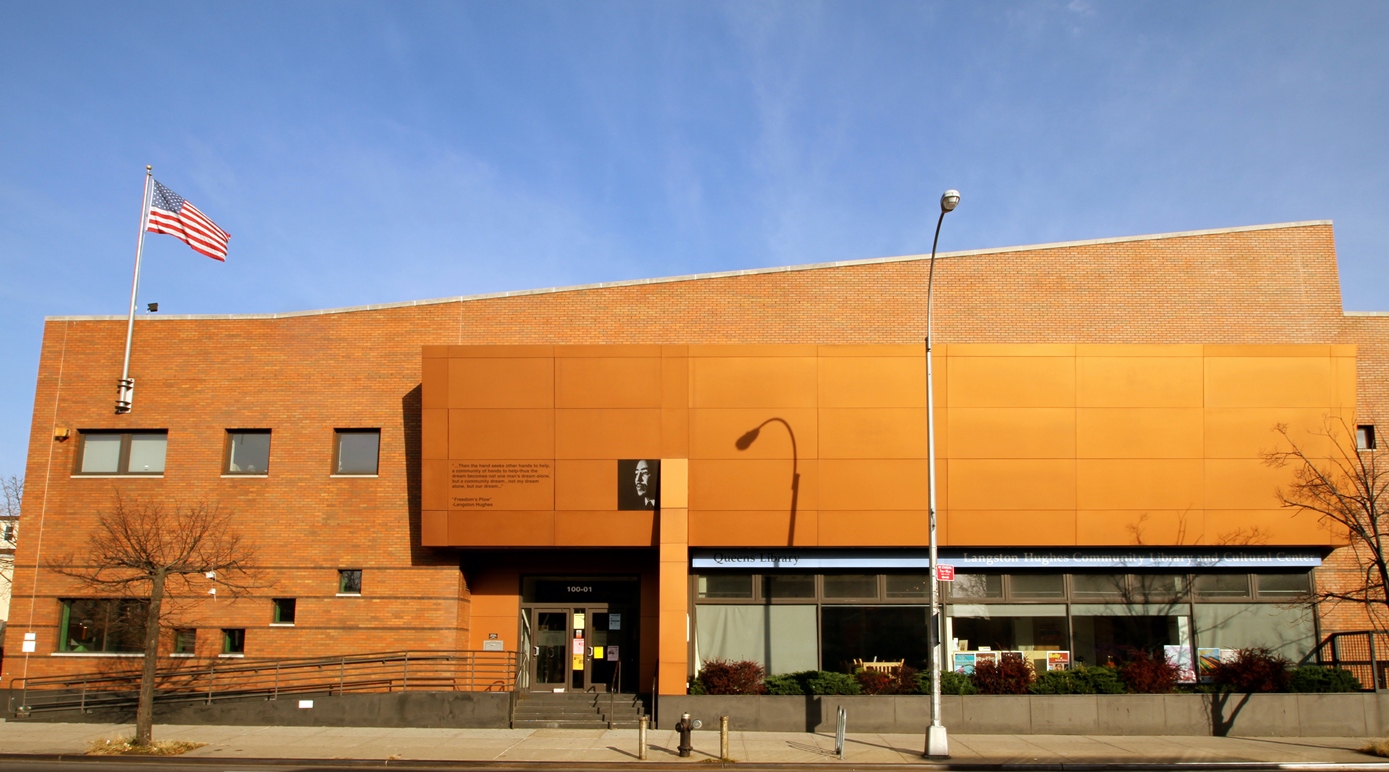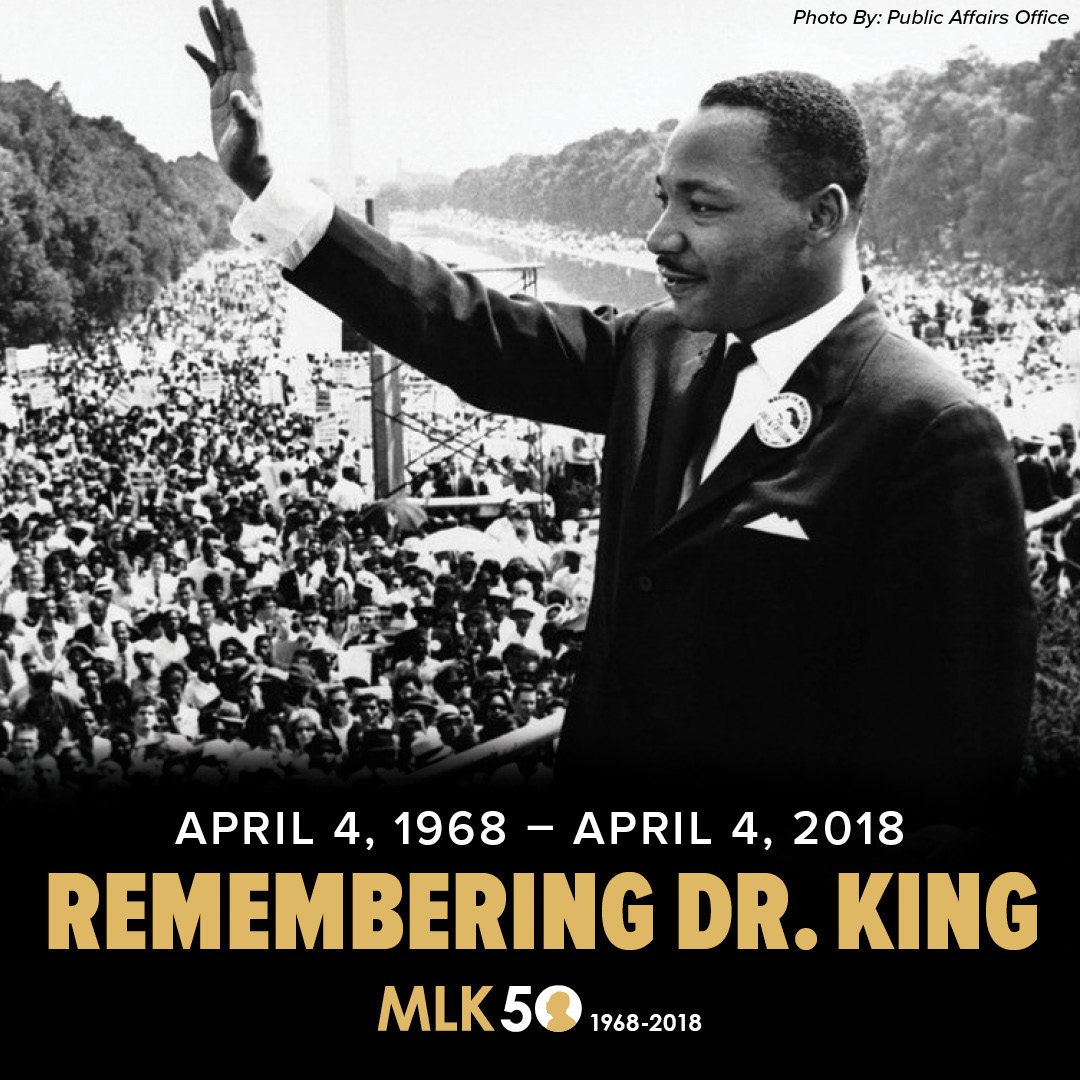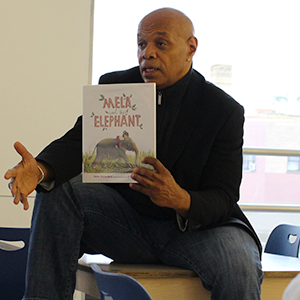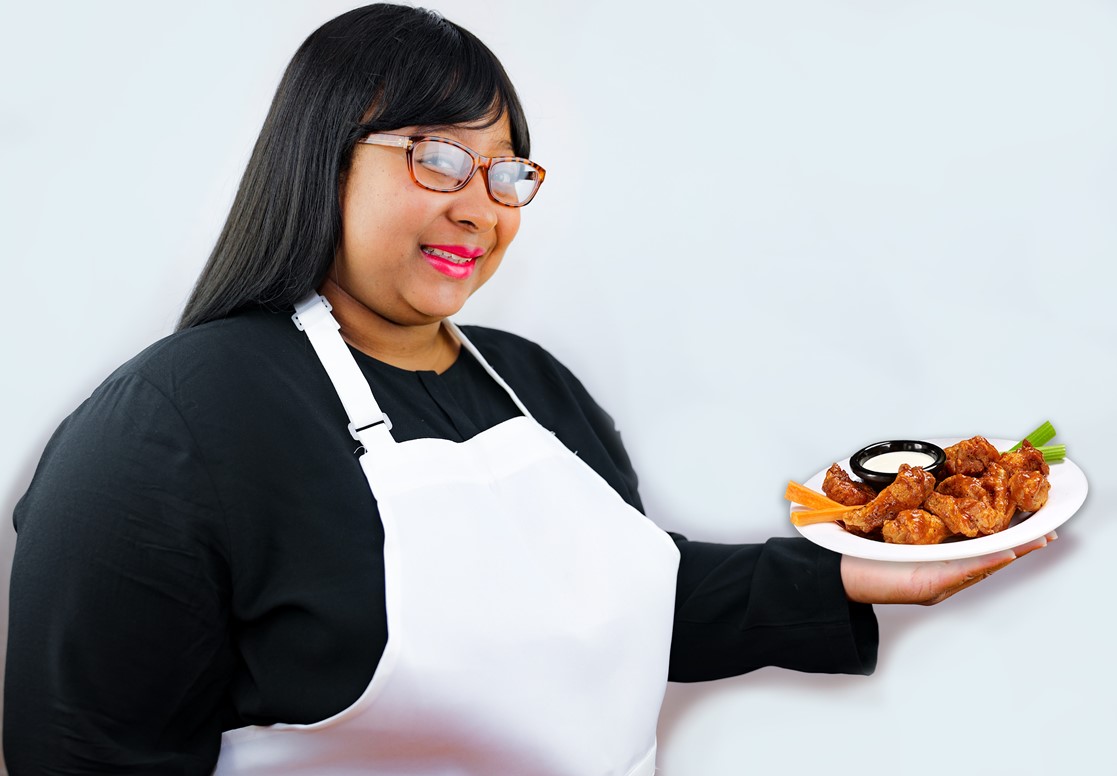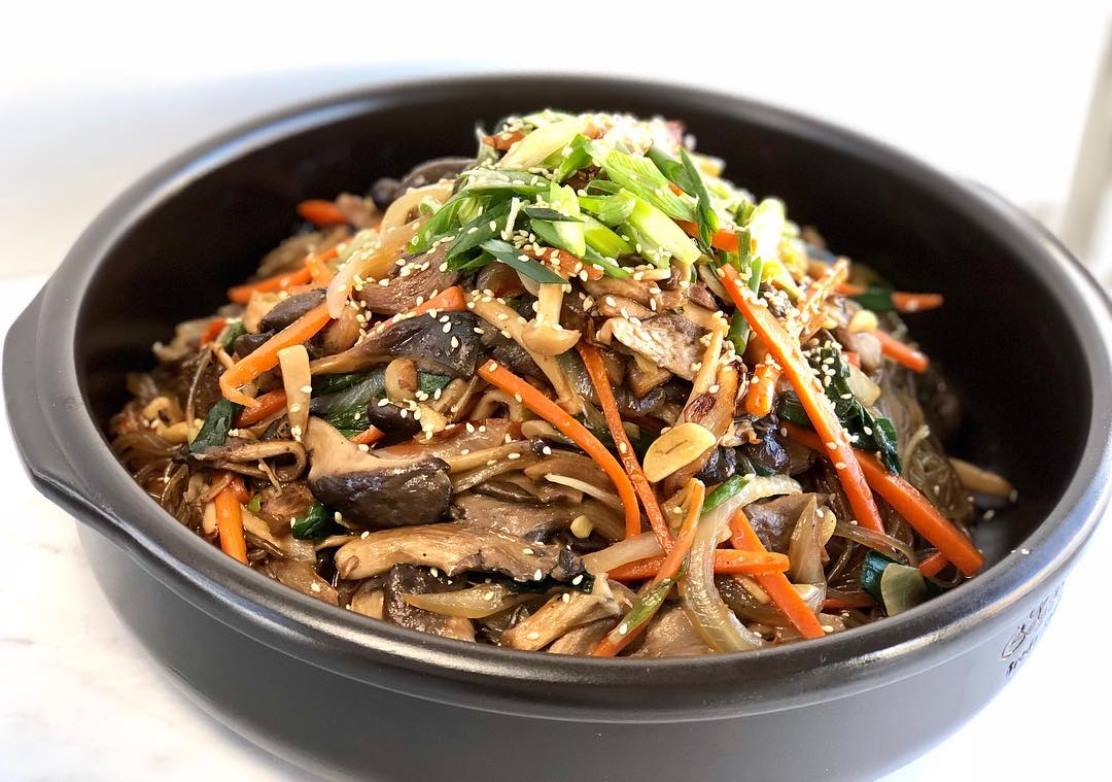Lisa See’s latest novel explores a matrifocal society of haenyeo, female divers on the tiny Korean island of Jeju, which she learned about through a magazine article found in her doctor’s waiting room.
It took See eight years to begin her project on the women of the island, who support their families by diving sixty feet for seafood, but once she did, she became fascinated and compelled to write about them while their culture still exists. During her visit to Jeju, she interviewed some divers who are in their nineties—and still diving. In the past, a woman would retire from diving at age fifty-five, but now the youngest diver is in her fifties.
The most challenging aspect of writing about the divers was building their trust as she asked intimate questions about the dangers of diving, the dynamics of their marriages, and life under Japanese colonialism. Now, See is writing another book that takes a close look at women’s lives. This time, she’s using her great-grandmother’s diary as a jumping-off point to write about “what it means to be a poor, uneducated, white woman in the West” in the late 1800s and early 1900s.
See is known for writing about female friendship, a topic that also weaves its way through The Island of Sea Women. She reminds us that women writers haven’t been getting published for all that long, and as a result, men have written most female relationships in literature.
As she says, “I find it extremely exciting to read about female relationships through the eyes of women and, again, this is still a relatively recent phenomenon. And there’s such range to that, right?...As a writer, I’m drawn to women’s friendship because it’s unlike any other relationship we have in our lives. We will tell a friend something we won’t tell our mothers, our husbands or boyfriends, or our children. This is a particular kind of intimacy, and it can leave us open to the deepest betrayals.” The best depiction of female friendship that See has read is the sisters in Louisa May Alcott’s Little Women.
See’s life has been deeply influenced by libraries: “I can honestly say that I wouldn’t be the woman, mother, or writer I am without libraries.… Some of my earliest memories are of being in the Children’s Room in the main Los Angeles Library…I was about three years old. I couldn’t read yet and my mom was studying, but I could spend hours paging through books.” See moved around frequently when she was a child, but always lived near libraries—until she moved to Topanga Canyon, where a bookmobile came every week, often bringing her a special selection of books. Today, she continues the library tradition. On a recent vacation with her son’s family, the first thing she did was take her grandson to the library to borrow books.
While she’s writing, she doesn’t read fiction—just all the research she can find on her subject. Once she’s finished writing a novel, she reads voraciously, finding a deeper understanding of what it means to be human: “I like to connect to the characters—whether real or imagined. When we do this as readers, we’re thinking about what we would do in that situation. Would I be brave or would I betray someone? Would I fall in love with that person or not? Would I do the right thing or not?”
Some of the women in history who inspire See include Cheng I Sao, a legendary pirate who commanded more than 300 ships and close to 40,000 men, and the members of the Banana Garden Poetry Club—a group of five women writers in 17th-century China. “It’s their philosophy about writing that has made the biggest impact on me,” See explains. “They said writers needed to ‘cut to the bone’ to write. As a daily practice, this is not easy to do, but I do believe that I have to cut to the bone—to my own bones—to try to get to the truth of relationships and emotions in my writing.”
See believes that every female writer is affected at some level by being a woman, since more men than women are published and male writers are paid more than female writers. But she’s also convinced that women writers such as herself have a need to tell women’s stories.
“As a woman, I want to read, hear, and see stories about women, many of which have, until recently, been lost, forgotten, or deliberately covered up.” As for women readers, she’s sure there is no shortage of them: “Women make up half the world. Two-thirds of all novels are now bought by women. Eighty percent of fiction is read by women.”
The Island of Sea Women is out in March and will be available at Queens Library.
Photo of Lisa See by Patricia Williams.
“Growing up, my parents led me to believe that reading for leisure was a virtue. We went to the library once a week on Saturdays, especially during the period after we initially immigrated to the United States. Libraries offered escapism, rehabilitation, and answers in our new home,” says Wayétu Moore, author of the novel She Would Be King. Now, Moore goes to libraries when she has writer’s block, noting that the nostalgia empowers her.
This winter, Moore visited Queens Library for an author talk and participated in a Traveling Shoes: Black Migrations panel. “The author talk was an enlivening experience, because it was one of the first times I was able to speak in detail about my research for the novel,” she says. She describes the panel as “inspiring” and “a worthwhile dialogue on identity across the diaspora, and intraracial tensions that are slowly being unpackaged in recent decades.”
Moore is not only a novelist, but also the founder of a nonprofit publisher, One Moore Book. One Moore Book had its origins in Moore’s experience during college facilitating literacy workshops for elementary school students who couldn’t read. She discovered that bringing the students books with characters who looked like them increased their engagement with literature.
Her goal with One Moore Book is “to provide books to children who rarely see themselves in books.” These include children from countries with low literacy rates and also underrepresented cultures in the United States. She also hopes that the books give children here in the United States a window into countries they may never have the opportunity to visit.
Moore’s own novel is an underrepresented story in American literature—the fictional retelling of Liberian history through three characters with supernatural abilities who meet in Monrovia. It is a mix of history and magical realism, exploring the relationships between African-American settlers and indigenous tribes. The author moved to the United States when she was five years old and spent her formative years in Texas, but always felt that Liberia was a part of her. She rarely heard about it outside of her home. “That absence was resounding,” she says. When Moore began to write, one of the first places she traveled to was Liberia.
While working on She Would Be King, Moore perused the congressional testimonies of survivors of KKK trials in Rock Hill, South Carolina. These trials resulted in one of the migrations of free blacks from the American South to Liberia. She also read history, but she says the most valuable research was having conversations with the oldest Liberians she knows and asking them if they remembered stories told to them by their grandparents when they were young.
She is currently working on telling her own story by writing a memoir, a process that she says requires a constant battle with self-censorship. To inspire herself to keep going, she focuses on the purpose of her writing—to tell the kinds of stories that she never read. Her memoir tells the story of a woman who trafficked families across the Liberian border into Sierra Leone and other neighboring countries during Liberia’s civil war; this woman assisted Moore’s family.
Moore’s inspiration for her writing comes from authors such as Octavia Butler, Toni Morrison, Isabel Allende, Ben Okri, and Salman Rushdie. Some of her favorite contemporary authors are Zadie Smith, Chimamanda Ngozi Adichie, Julie Otsuka, Haruki Murakami, and Marlon James.
For her, reading is a process of discovery: “You think you know and understand the world. You think you know and understand yourself. Then you meet people in the pages of books that expand and contort that understanding, and there are few things that feel more beautiful than that." She encourages readers to “examine and re-examine what you understand as truth.”
She Would Be King is available now at Queens Library.
Photo of Wayétu Moore by Yoni Levy.
Here are some of the new books coming to the Library—from mysteries to literary novels to science and self-help.
March 5, 2019
Unto Us a Son Is Given
by Donna Leon
The 28th novel that features detective Guido Brunetti was starred by Booklist. It traces an elderly man’s plans to adopt a younger man as his son, making him his heir, an idea that startles Brunetti’s father-in-law.
March 12, 2019
Holy Envy: Finding God in the Faith of Others
by Barbara Brown Taylor
Taylor, the New York Times bestselling author of An Altar in the World and Learning to Walk in the Dark and a former clergywoman, discovers that the journeys other people take through their religions help her to continuously redefine and deepen her own understanding of what the sacred means.
March 12, 2019
Mama’s Last Hug: Animal Emotions and What They Tell Us about Ourselves
by Frans de Waal
Starred by Booklist, Kirkus Reviews, and Publishers Weekly, this is primatologist de Waal’s exploration of the life and death of Mama, a chimpanzee whose last hug with a biologist went viral, and what it teaches us about the emotions that connect us with animals. Read our Interview with de Waal in Queens Library Magazine.
March 18, 2019
The Parade
by Dave Eggers
Bestselling author Dave Eggers’ latest novel, about two very different men hired as foreign contractors to build a road connecting the two sides of a nation that has just emerged from a decade of war, asks hard questions about the role of outsiders in war and peace.
March 26, 2019
Biased: Uncovering the Hidden Prejudice That Shapes What We See, Think, and Do
by Jennifer L. Eberhardt
Stanford psychology professor and MacArthur “Genius Grant” recipient Eberhardt examines how ingrained stereotypes and unconscious bias affect everything from our visual perception and memory to criminal justice, housing, and employment. Read our Interview with Eberhardt in Queens Library Magazine.
March 26, 2019
The Path Made Clear: Discovering Your Life’s Direction and Purpose
by Oprah Winfrey
Beloved media mogul Oprah Winfrey charts a path for finding your purpose and understanding the meaning of the detours along the way.
March 26, 2019
What Doesn’t Kill You Makes You Blacker: A Memoir in Essays
by Damon Young
His debut book, starred by Booklist, continues the pithy social commentary on being black in America that Young is known for as the co-founder of VerySmartBrothas.com—and does so without sacrificing Young’s hallmark sense of humor.
April 9, 2019
A Woman of No Importance: The Untold Story of the American Spy Who Helped Win World War II
by Sonia Purnell
This extensively researched history examines the incredible impact of Allied spy Virginia Hall, who was a major force in the French Resistance and the first Allied woman deployed behind enemy lines.
April 16, 2019
Redemption
by David Baldacci
In the latest Memory Man mystery, Detective Amos Becker meets the first man he arrested for murder—and discovers the man still claims he is innocent.
April 23, 2019
Machines Like Me: A Novel
by Ian McEwan
Prolific and acclaimed author McEwan, winner of the Booker Prize and the Whitbread Award, explores the nature of humanity in this novel about love and artificial intelligence.
Books for Women’s History Month
March 5, 2019
The Island of Sea Women
by Lisa See
Starred by Booklist, this novel from bestselling author Lisa See tells the unique history of Jeju Island, a small Korean island where women have been divers supporting their families for generations, through the lens of a friendship between two very different divers that is tested by external forces. Read our Interview with Lisa See in Queens Library Magazine.
March 5, 2019
Queen Bey: A Celebration of the Power and Creativity of Beyoncé Knowles-Carter
by Veronica Chambers
This collection of essays chronicles different points of view and voices about the performer who has sold more than 100 million records as a solo artist.
Baisley Park Community Library, located at 117-11 Sutphin Boulevard in Jamaica, will close on Friday, March 15 at 6pm for an emergency project to replace the building’s air-conditioning system.
We expect Baisley Park to reopen in Summer 2019.
Mobile library service will be provided on Fridays from 10am to 5pm, beginning March 22.
During the closure, you can also visit the following nearby libraries: Rochdale Village, South Jamaica, and South Ozone Park.
We appreciate your patience as we continue to work to make improvements to our libraries.
This year, the Langston Hughes Community Library and Cultural Center and its Black Heritage Reference Center will be celebrating their 50th anniversary—an important milestone for Queens Library and our borough!
Langston Hughes Library was founded in 1969 through community activism by the Library Action Committee (LAC) of East Elmhurst and Corona. The LAC was an ad-hoc committee of the local Community Corporation, one of New York City’s anti-poverty programs. The Langston Hughes Community Library and Cultural Center opened in 1969 as an experimental library, a place of reading, learning, and history. It was a source of black information and culture intended to educate and support the area’s predominantly African-American population.
The library was the first public institution named for the legendary poet and leader of the Harlem Renaissance, who died in 1967. Langston Hughes Library was nationally recognized in 2013 as a Literary Landmark, and in 2015 was named one of the winners of the second annual NYC Neighborhood Library Awards.
The Black Heritage Reference Center of Queens County, located at Langston Hughes, houses New York City’s largest circulating black heritage reading collection, with approximately 40,000 volumes of material about and related to black culture. The Center contains books, periodicals, theses and dissertations, databases, videos, DVDs, and music about the black experience, along with an art collection of prints, posters, paintings, photographs, African textiles, kente cloth, and African sculpture.
“It’s an exciting time to be entrusted with preserving the legacy of the Langston Hughes Community Library and Cultural Center,” says its executive director, Shakira Smalls. “I look forward to building on the decades of strong leadership of my predecessor Andrew Jackson (Sekou Molefi Baako) and expanding our services beyond the library doors. Our institution is excited to collaborate with all of the communities of Corona, including the emerging Hispanic community, to share our rich history, inspire the public, create new memories, and spread the great news about where we are headed.”
“My role here at Langston Hughes Community Library is a real privilege,” says Christine Zarett, the curator of the Black Heritage Reference Collection. “As we celebrate our 50 years of community service, we renew our awareness of the work, voice, and spirit of Langston Hughes, who traveled the world and reached out to all people; affirm our commitment to preserving black heritage; and offer opportunities for all our community members to discover the richness of black culture.”
We hope you will join us for special Black History Month programs at Langston Hughes, as well as the library's annual day-long Langston Hughes & Black History Month Celebration on Saturday, February 9.
And be sure to join us all year as we celebrate Langston Hughes Library and its role in promoting and preserving the cultural diversity of our city!

Sarah Smarsh, the first-time author of Heartland: A Memoir of Working Hard and Being Broke in the Richest Country on Earth, began her book in 2002 while a senior at the University of Kansas, researching her family’s chaotic history.
Sixteen years later, it was a finalist for the National Book Award. “I’d never won an award for my professional writing, not even a local reporting award. So I don’t write or work with any real awareness of the awards realm. I didn’t know the finalist longlist was being announced that day. So the calls and emails were quite shocking—and thrilling! Then, making the short list and attending the red-carpet awards ceremony in New York was beyond a dream come true in that I’d never even dreamed it,” she says. Nowadays, Smarsh is doing public speaking and media appearances on the themes of her book: socioeconomic inequality, health, poverty, rural issues, and civic identity.
Smarsh considers herself a reader even more than a writer, noting that “language is my professional tool, so reading is to me as sharpening a saw is to my carpenter dad. I live in a constant stream of books, magazines, print newspapers, digital news. But beyond vocation, reading is my life and my joy, perhaps more so even than writing, and that’s been true since my earliest memories.”
Smarsh grew up with school libraries playing a larger role in her life than town libraries, which were at a distance. “For much of my childhood, I lived on a farm that was ten miles away from the closest small-town library. Public school libraries and librarians, whom I encountered daily during the school year, were therefore a much larger presence in my life,” she says, “But I have a vivid memory of spending a week with a cousin in a small Kansas town—she lived on a brick street rather than a dirt road!—and running with glee toward the bookmobile their public library sent around town.”
In her life now, “as a journalist and researcher I often access public records through libraries and state historical societies. As a lover of books, I have a library card in my wallet for about five different cities.”
The books that inspired her as a teenager include Angela’s Ashes by Frank McCourt and I Know Why the Caged Bird Sings by Maya Angelou, because, as she explains, they “showed me it was okay to write with the rhythm of the language spoken by your family and community rather than a more formal, ‘educated’ English. This is particularly important for memoirs that are bearing witness to social injustice such as poverty or racism. I always knew that I wanted to validate the dialect and colloquial language of my home.”
In her memoir, Smarsh tells her story to an imaginary daughter called August, an internal dialogue she says “was a true, lived experience for me for many years. It helped me navigate the difficult crossroads of being both poor and female. Sharing such an intimate thing with readers was an effort to put economic hardship in the context of lived, human experience rather than abstract terms.”
The book includes narrative shifts in tone and style, which Smarsh explains “reflect shifts in my daily use of language, a sort of linguistic and socioeconomic code switching between my rural dialect and the academic or journalistic language I learned through school and profession. Yes, I speak ‘country’ every day with family and friends in Kansas, where I still live.”
Smarsh is excited when she meets people on her book tour who are new to book events or who are buying the book for someone who doesn’t usually read books: “People who have lived the story of Heartland—farmers, fast-food workers, plumbers, teen mothers, waitresses, and so on—are not marketed to, as a book-buying demographic. There are many reasons for that, from culture to lack of purchasing power. But maybe even more than that, if you never see your place and your story validated in narrative, you’re less likely to be a book person...To feel recognized and understood in the pages of a story is an experience that all people deserve.”
Smarsh suggests that if you’re not engaged with reading, you try reading different material, but she also believes love of reading comes from being surrounded by books. “If reading doesn’t light you up, more than likely you haven’t yet connected with the sort of book or poem or magazine that speaks to you. And you probably, like myself, don’t come from a family or culture or class where books are a common feature of daily life.”
She encourages everyone to acknowledge their tremendous value as human beings. “Whoever told you that you aren’t worth much—as a worker, a student, a son or daughter—don’t believe them. That piece of you, deep down, that knows your own immense worth: That’s the truth. Believe that, and let your decisions flow from there.”
Queens Library commemorated Dr. Martin Luther King, Jr. on Wednesday, April 4, 2018—the 50th anniversary of his assassination—with many special events honoring the life and legacy of Dr. King.
Our programs included over a dozen special storytimes, movie screenings, and talks with school-aged children, tweens, and teens at our community libraries.
At our storytime at Central Library’s Children’s Library Discovery Center, pictured below, Queens Library President and CEO Dennis M. Walcott (center) read from Shane W. Evans’ book We March and asked the children and adults in attendance for their thoughts about Dr. King, and our Coordinator of Children’s Services Daniel Nkansah read from Carole Boston Weatherford’s Be a King, leading the kids several times in chanting the title of the book.
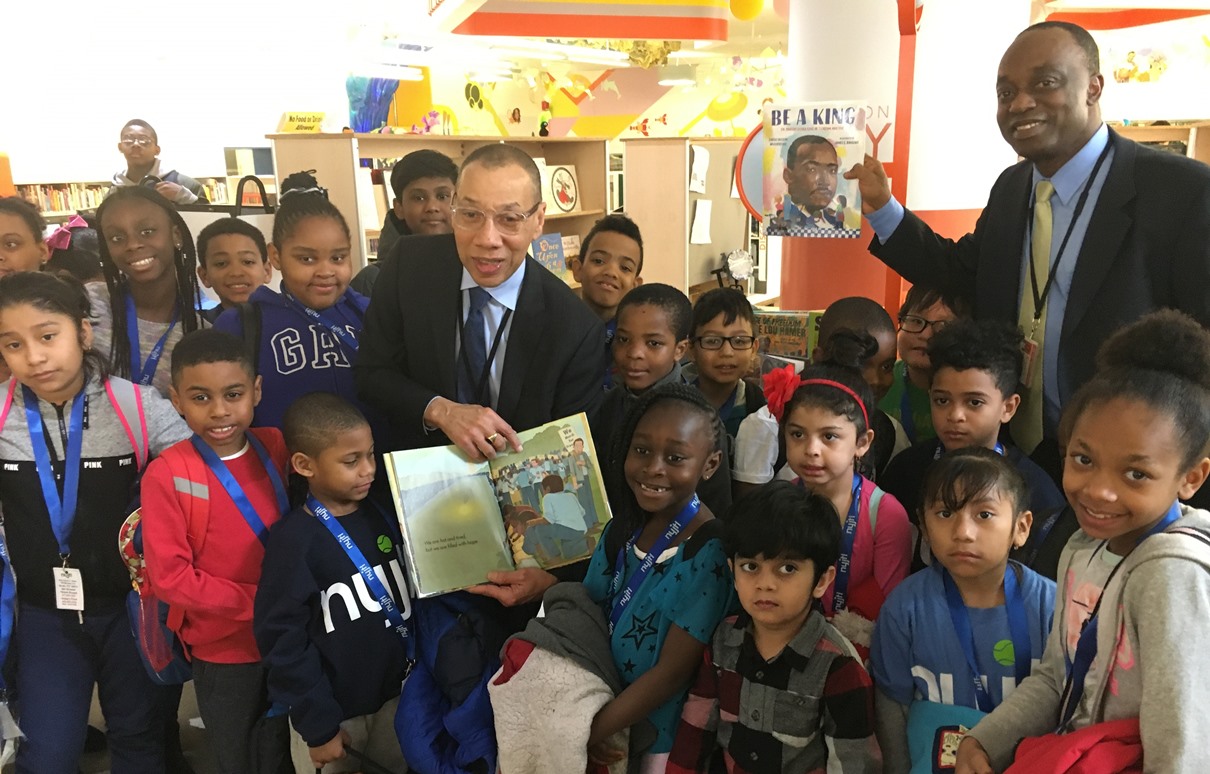
Our special storytime in honor of Dr. Martin Luther King, Jr. at the Children's Library Discovery Center on April 4, 2018.
President Walcott also went to a special Voices of Queens Podcast interview at Queens Library for Teens in Far Rockaway, where he spoke with teens about Dr. King’s legacy and shared his memories about Dr. King’s life and death.
“Two months before he was assassinated 50 years ago, Dr. King challenged his parishioners at the Ebenezer Baptist Church in Atlanta to think differently about the meaning of greatness,” said President Walcott on the morning of April 4. “He told them we all have an innate ‘desire to be out front, a desire to lead the parade, a desire to be first.’ But greatness, he said, comes only through service.”
“Dr. King’s message of justice for all eventually led me to my involvement in social issues and public service,” he continued. “As we mark the 50th anniversary of his death, I ask you to consider the role Dr. King’s teachings can have in your everyday decisions. I hope you can agree that here at Queens Library, we strive to serve you in the spirit of Dr. King’s definition of greatness.”
This story originally appeared in the May/June 2018 issue of Queens Library Magazine.
Read the Other Stories in the Queens Library Magazine Top Ten of 2018.
It's Time for Kind kicked off on Tuesday, November 13! Our virtual kindness wall went live. People began writing on the physical kindness walls at their library locations, sharing stories of being kind by helping others. Walls are available at all library locations.
WBLS radio personality and The Quiet Storm host Lenny Green read the book Mela and the Elephant by Dow Phumiruk to a rapt audience in the Children's Library Discovery Center at Central Library. Hip hop coordinator Ralph McDaniels brought Green to the library.
Students in an ESOL class created cards to be sent to our Mail-a-Book customers. Mail-a-Book is our program for the homebound.
The ESOL students expressed holiday wishes for the Mail-a-Book customers.
Families at Flushing Library also created cards for the homebound.
Stay tuned for more activities and events as It's Time for Kind continues with our canned food drive starting Monday, November 19.

Jamaica FEASTS is Queens Library’s FREE training program to provide knowledge, tools, and resources to people who want to start and run their own food businesses in Queens.
Several talented students have graduated from Jamaica FEASTS, and we’re very pleased to share their holiday recipes with you!
Please prepare all recipes at your own discretion; Queens Library is not responsible for accidents, allergic reactions, or illnesses that occur because of preparation.
Chef Ayana’s Famous Chicken Wings
from Ayana Chung, Cooking With Ayana LLC
"I’m pleased to share my signature dish with you and your family just in time for the holiday season," says Ayana, a chef and mental health professional who provides quality soul food dishes at affordable prices for low-income individuals, NYCHA residents, and Section-8 recipients. "My mother is the inspiration behind this dish. I grew up having these wings during family fun nights, and my family and I requested them frequently. I hope you enjoy them!"
Ingredients (serves 12-15)
- 2 ½-pound bag “party” chicken wings (about 30-40 wings)
- 2 cups flour
- 2 cups oil (canola or vegetable; if you're health-conscious, Ayana suggests olive oil, which "makes for a unique, delicious flavor!")
- 1 ½ cups BBQ sauce or hot sauce
- 1 cup vinegar or lemon juice
- 1-pound bag of celery
- 1 bottle Ranch or blue cheese dressing (for dipping)
- Assorted seasonings (Ayana recommends poultry seasoning, paprika, seasoning salt, and pepper)
Directions
- Defrost chicken if needed and wash with vinegar or lemon juice.
- Dry the chicken of excess liquid to make for easier frying.
- Season chicken to your taste, then set aside for 5-10 minutes in the refrigerator to marinate.
- Pour flour onto chicken and coat.
- Add oil to a frying pan and put on medium-high heat for about 5 minutes.
- Once the oil begins to bubble, add the wings to the pan. Flip them as necessary until golden brown (about 5 minutes on each side). Repeat for each batch of wings if your frying pan cannot hold them all.
- Remove chicken from pan and dry off excess oil.
- Add chicken to a large bowl that you can cover with a lid.
- Pour sauce over chicken, cover bowl with lid, and toss the wings until they are coated with sauce.
- Reheat wings in a separate pot over medium heat for 1 minute so that the flavor of the sauce can really set in.
- Cut each celery stalk down the middle, then chop the halves into 4-inch-long pieces to make sticks.
- Pour your dipping sauce into a bowl and you’re ready to serve!
Posts in This Series
Jamaica FEASTS is Queens Library’s FREE training program to provide knowledge, tools, and resources to people who want to start and run their own food businesses in Queens.
Several talented students have graduated from Jamaica FEASTS, and we’re very pleased to share their holiday recipes with you!
Please prepare all recipes at your own discretion; Queens Library is not responsible for accidents, allergic reactions, or illnesses that occur because of preparation.
Japchae
from Suin Park, forward ROOTS
“Japchae is a Korean glass noodle dish that is topped with a stir-fried mix of vegetables and meat,” says Suin, the founder of forward ROOTS and 2019 Good Food Award Finalist who creates small-batch, homemade fermented Kimchi sauces in honor of her mother and her roots. “It is the most popular traditional dish served during festive celebrations and holidays, and with its sweet, savory flavors and springy noodles, there is not a soul I know who doesn’t love it.”
Ingredients (serves 6)
- 5 dried shitake mushrooms (soaked in hot water for 30 minutes), cut into thin strips
- 6 oz. beef (filet mignon or sirloin), cut into thin strips 2” in length
- 6 oz. sweet potato starch Korean glass noodles
- 8 oz. fresh spinach
- 1 medium onion, thinly sliced
- 5-6 green onions, cut into strips 2” in length
- 1 small carrot, cut into matchsticks (julienned)
- 1 red bell pepper, cut into matchsticks (julienned)
- Salt & black pepper, to taste
- Vegetable oil (any oil with a high smoke point—grapeseed oil, canola oil [non-GMO], etc.)
- Garnish: fresh cucumber cut into matchsticks (julienned), thin slices of green onions cut on a bias, roasted sesame seeds
Sauce
- 3 cloves garlic, minced or grated
- 2 to 2 ½ tablespoons sugar
- 3 ½ tablespoons soy sauce
- 3 tablespoons sesame oil
- 1 tablespoon roasted sesame seeds
Directions
- Mix all the sauce ingredients together and set aside.
- Combine sliced meat and mushrooms in a small bowl with 1 tablespoon of sauce and mix. Cover the bowl and place in the fridge.
- Spinach: bring a large pot (8 quarts) of water to a boil. Blanch the spinach for about 30-45 seconds, then remove from water and place into a bowl of cold water (add ice to it if you can) to cold shock the spinach—this helps maintain its vibrant green color. Gently squeeze out the excess water and place spinach in a large bowl, then add ½ tablespoon of the sauce to season.
- Noodles: in the same pot of boiling water, add the noodles and let cook; as the noodles soften, gently stir to prevent them from clumping. Let the noodles continue to cook as per package instructions, stirring occasionally; cooking takes 6-7 minutes. Drain the noodles, rinse in cold water, and drain again. Cut the noodles into thirds with a pair of kitchen shears. Place the noodles into the same bowl as the spinach, add 3 tablespoons of sauce, and gently mix to season and prevent noodles from sticking.
- Vegetables: heat a non-stick pan on medium-high heat and add 1 tablespoon of oil along with the onions and green onions. Stir for a couple of minutes, until the onions are translucent; season with salt and pepper. Once done, transfer to the bowl of noodles. Repeat this process individually, along with ½ tablespoon of oil, for the carrots and for the red bell peppers. Transfer each into the bowl of noodles after they are stir-fried (for up to 2 minutes).
- Meat & Mushrooms: in the same pan on medium-high heat, add 1 tablespoon of oil, add the meat and mushrooms, and stir-fry for 2-4 minutes until the meat is cooked. Transfer the mixture into the bowl of noodles.
- Mix all the ingredients in the bowl gently, and add any leftover sauce to season. If more seasoning is required, add a little soy sauce and sesame oil.
